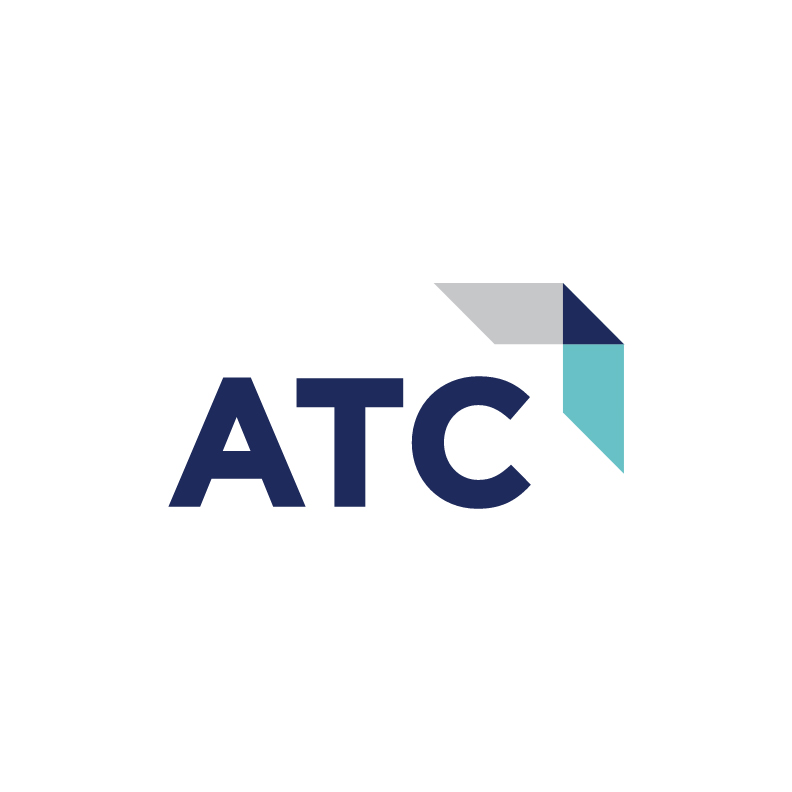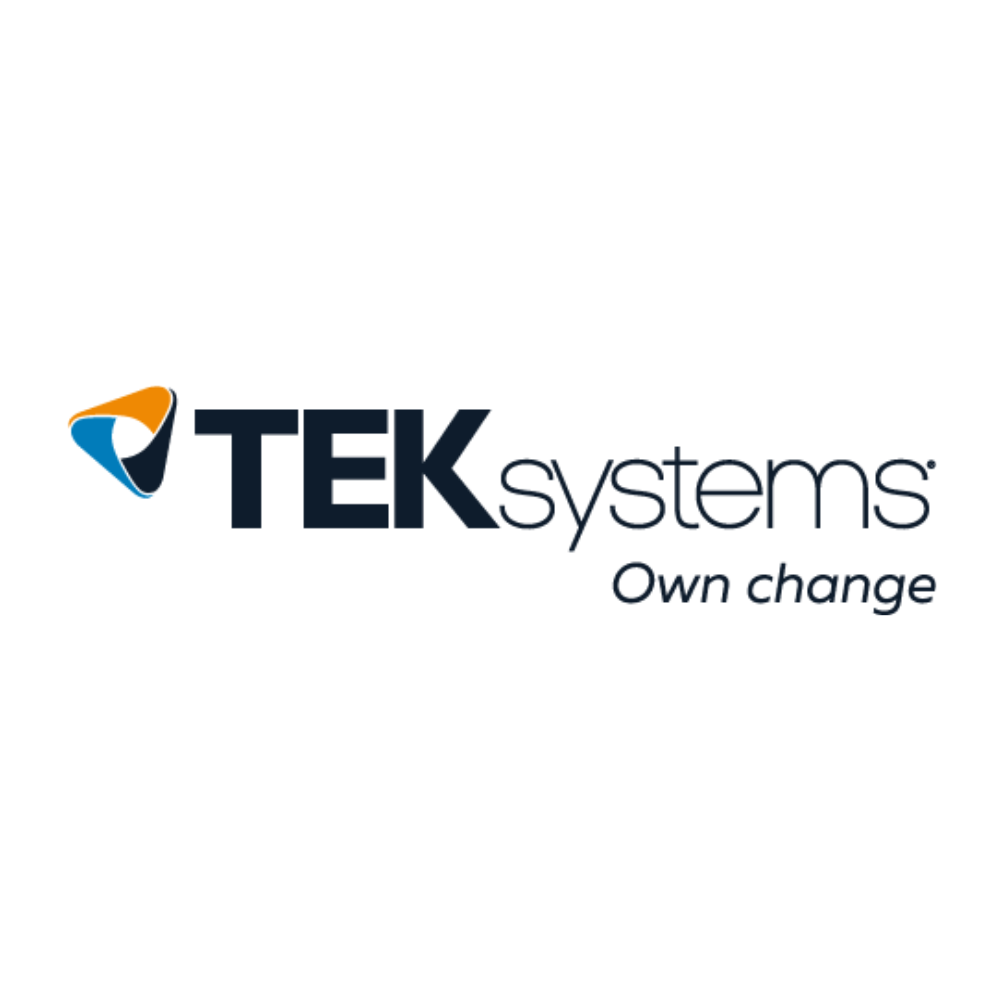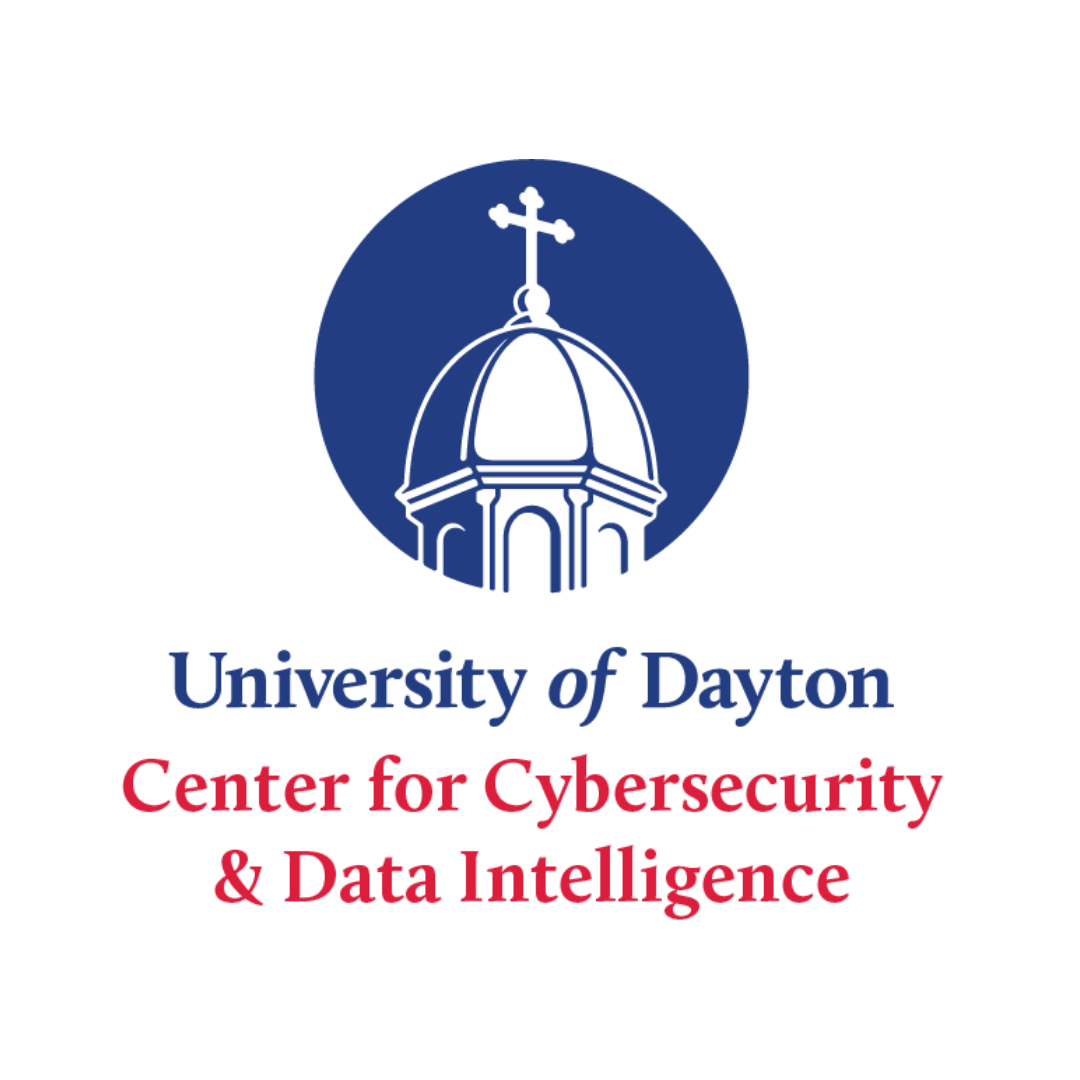Cadre Information Security
You’ve probably heard about it. Maybe you wrote it off as just another product on your cybersecurity bingo card? It is Extended Detection and Response (XDR)—cybersecurity’s “next big thing.”
Could it be the security management technology of your dreams? Let’s find out. We’re diving right in to give you an up close look at the technical evolution that vendors seem to be going gaga over. And, we’ll let you judge for yourself.
What is XDR Anyway?
Before we define XDR, it might be helpful to create context with Endpoint Detection and Response (EDR). As endpoints proliferate, organizations are focusing more attention on securing workstations. To do this, EDR provides two essential functionalities:
- Continuous monitoring and threat detection.
- Follow up of automated responses to threats discovered during the monitoring phase.
While EDR provides essential visibility and control over threats to endpoints, threat actors do not focus solely on laptops, desktops, mobile phones, and other devices. Rather, they find the entry point of least resistance and escalate their privileges to move laterally until they reach their intended target.
To block and disrupt threats effectively, organizations need to go beyond EDR with extended, real-time visibility into security events not only for your endpoints, but for cloud workloads and the network. XDR achieves this by collecting and correlating data across all channels to enable visibility and context into advanced threats. After alerting analysts, threats can be analyzed, prioritized based on risk, hunted, and remediated to prevent breaches and data loss.
But I Have a SIEM for That
As with many security solutions, some features of XDR and SIEM overlap. Because of this, customers tend to ask if XDR adds value in environments that already have a SIEM solution deployed.
The distinction starts from the very beginnings of each product. SIEM had its genesis in compliance. Over time, SIEM evolved to a threat and operational risk platform, pulling data from disparate sources, performing automated analysis, and alerting human analysts. However, it does not include some of the broader functionality that XDR encompasses.
Unlike SIEM, from day one XDR was developed to focus on threats and to provide a single platform for deeper and narrower threat detection and response. Seen as the next generation of EDR, XDR includes additional functions like antivirus, firewall, and of course, EDR.
More specifically, XDR differentiates from other product categories in three ways:
- Level of turnkey integration is much higher and does not require expensive, labor-intensive calibration.
- Squarely focused on threat detect and incident response and have a higher quality detection and analysis lab.
- Generally built on cloud-native architectures and can be rapidly deployed.
Is XDR Right for Your Business?
As vendors begin to take their XDR offerings to market, we have seen it appear in different forms—hardware companies adding standalone XDR products while traditional enterprise security companies add XDR as an extension of their existing platform. Given the range of options, there is certainly an XDR for every need.
But, is there a need for every XDR? Sometimes you don’t know until it’s too late. Or instead of waiting, you can try finding your security program holes through a pen test. Read more in our blog, What are the different types of Pen Testing?















.png)


